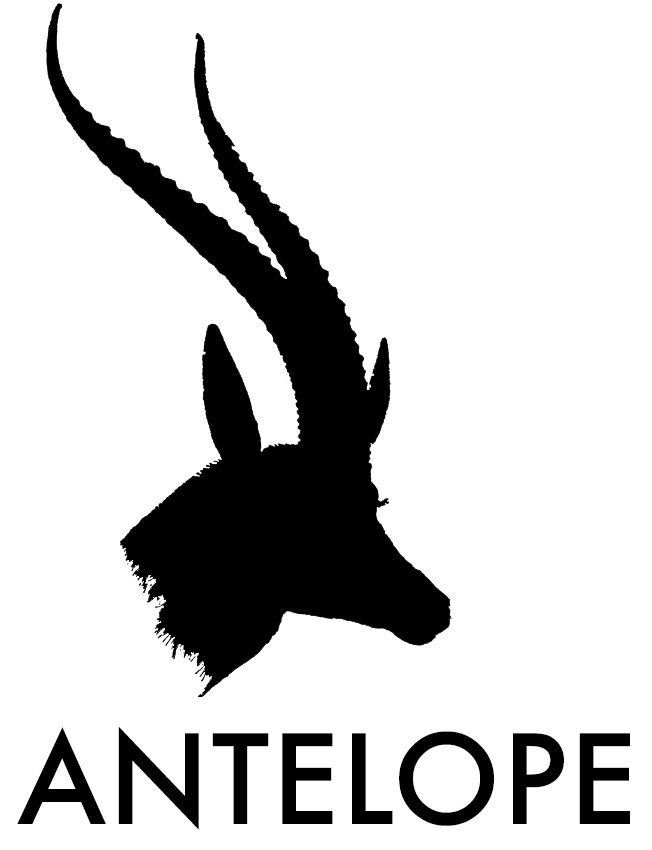Riding the Zeitgeist
This nostalgia trip took us down another road – of thinking about all the things that seemed so important to us aged 6, at 16, at 21. In my case it was shopping in Chelsea Girl that then became River Island, my husband buying his first Nike trainers. As well as bringing back some sweet memories, and realising there were quite a few gaps in that memory, it made me think – ‘What makes a brand survive a decade, two decades and beyond?’
Brand management is having an interesting time at the moment. For years we managed brands through advertising – on TV & radio, print and outdoor, – direct marketing and of course PR and comms. It was a push rather than a pull hoping that the push would convert awareness, trial, purchase and advocacy.
Then the internet came into our lives. And with it not just the pull of a brand but the pivoting of it out of control. With every social media post that you create, someone in the cyber sphere can post one that contradicts or complements that post. Which raised another question – ‘How much are we really in control of our brands?’
The average UK spend on brands 9.3% of their overall company budget according to YouGov . So, for a company like Unilever that could equate to £ 11.385bn and even for a company with a turnover of £ 100,000 that is nearly £ 10,000. So how do we ensure that we spend that money wisely and how do we manage brands in 2021?
Like organisational culture, marketing culture has become, rightly so, collaborative. It is like any relationship – it is around talking to your audiences to tell your story, to show them your values and ethos, to hopefully show them what you stand for and then hopefully some of them will like you and want you to be part of their lives.
It is accepting that you will not be to everyone’s tastes. That some people will naturally, and unfairly, give you a bad rep and that you can only be part of the conversation rather than all of it.
Communication today is about listening as well as talking. Unlike 20-30 years ago when it was about who had the biggest budget and shouted the loudest, it is about who engages with their audiences, and it is about evolving that communication with them. And dare we say it again, it is about tailoring that communication to different audiences so that you talk in their language, about things that resonate with them.
The push of the comms mix is more of a gentle nudge to say ‘Can I introduce myself.’ And then to enter a two, three, sometimes 1000-way conversation with your customers. Surely this collaborative promotion is the way we can really build authentic brands and ones that last past the zeitgeist.
